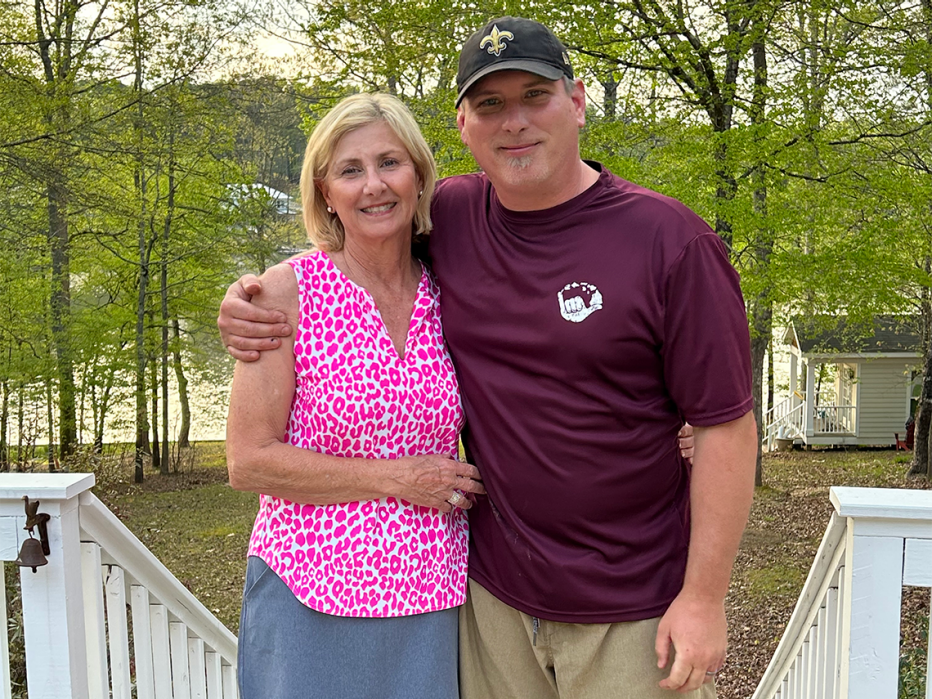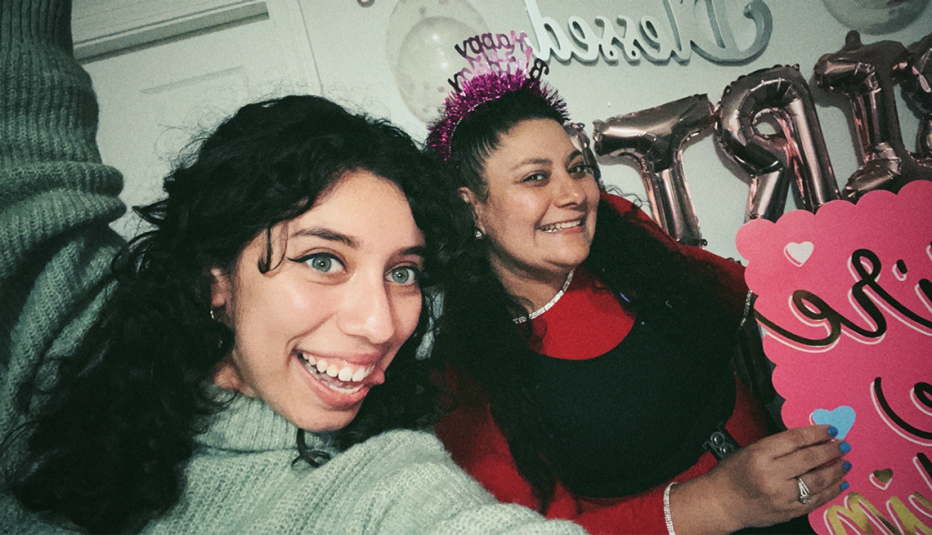AARP Hearing Center
The connection a child has with a mother is powerful — even if that connection comes later in life.
Some adoptees spend years searching for their biological mothers and some mothers yearn to know what happened to the babies they placed for adoption. Now, the rise of DNA testing services is bringing long-lost mothers and children together for emotional reunions.
An estimated 26 million people across the globe have provided saliva samples and sent their DNA to direct-to-consumer companies such as Ancestry and 23andMe to learn more about their ethnicities and ancestral roots or to connect with relatives, including birth mothers, according to a 2020 study published in JAMA, the Journal of the American Medical Association.
“[M]any states, sadly, keep [adoption] files closed forever so DNA is the only way that those adoptees can identify and find out about their biological families,” says Louise Baldock, DNA detective at Finding Families, a United Kingdom-based organization that traces family trees and helps find missing family members, including birth mothers. “Most people’s first desire is to know their mother; searching for fathers often comes much later.”
Meet four mothers who placed babies for adoption and were reunited decades later thanks to DNA testing.
Judy Lloyd, Greensboro, Georgia, and Matt Robertson, Walnut Creek, California


Judy Lloyd was unmarried and 19 when she got pregnant in 1972. Her parents insisted on keeping the pregnancy a secret and sent her from Georgia to Oregon to live with relatives until she gave birth; her infant son was placed for adoption.
“I always prayed he was in a good place with a good family,” says Lloyd, 69. “We thought he was better off but there was still kind of an ache in my heart.”
Matt Robertson, 50, learned he was adopted in the fifth grade. He called the revelation “crushing” and set out to find his birth mom when he was in college. Robertson even hired a private investigator. But when the investigation didn’t turn up any leads, he gave up.
In 2019, Robertson submitted a DNA sample to a testing company and found a relative who agreed to ask her aunts whether someone in the family gave a child up for adoption in the 1970s. The questioning led to Lloyd.
“I was in Ace Hardware and got a phone call [from my uncle’s granddaughter] and she said, ‘Do you want to see a picture of your mom?’ ” he says. “It happened so fast. Even though I was looking for her, I wasn’t quite prepared.”
Lloyd was surprised when she learned that her firstborn son was looking for her.
“I never dreamed I’d ever see him,” Lloyd says.
Although she was excited about the possibility of connecting, Lloyd also worried about what the revelation might mean. Her pregnancy wasn’t just a secret from most of her older relatives; it was also a secret from her other children.
But she revealed the news and after many phone conversations with Robertson, Lloyd and her daughter traveled to San Francisco to meet him for the first time.
“We sat down to have a beer and we were just staring at each other,” Robertson recalls. “It was surreal.”
Over the past four years, mother and son (and, often, the siblings too) have vacationed together annually. They talk frequently and Robertson’s siblings have welcomed him to the family. While it’s still a fledging relationship, Lloyd says, “My family is complete now; it’s truly a blessing.”
Mary Smith, Dorsett, United Kingdom, and Al Isaacs, Levittown, New York


Al Isaacs didn’t learn he was adopted until he was 51.
When his adoptive father died, Isaacs found his adoption papers while packing to move his mom to a nursing home. Isaacs couldn’t ask his adoptive mother, who suffered from dementia, to fill in the blanks.
Undeterred, Isaacs submitted a DNA sample to testing company, which — along with a lot of Google searching — helped him identify his birth father, who died in 1998; his obituary mentioned a daughter, Molly.
Isaacs sent a handwritten note to his half-sister with his contact information. During their first phone call in August 2021, Isaacs learned Molly had spent 20 years searching for him. She immediately started helping Isaacs find his birth mother — and she had a secret weapon: Her mom knew about Isaacs and the identity of his birth mom, Mary Smith.
Isaacs learned his birth mother was a singer who won a popular televised singing competition in 1968; Smith had a record contract and was a regular performer at New York venues. For Isaacs, a comedian who loves being on stage, “hearing all these stories … it was like my life suddenly made so much sense.”
Through a series of twists and turns, Isaacs and Smith, 72, spoke for the first time in March 2022.
“One of the stipulations of the adoption was that I wouldn’t try to look for him or try to contact him at any time,” Smith says. “I always thought of him and wondered how and where he was and how his life turned out.”
Seven months later, Isaacs flew to Dorsett to meet his birth mother; Smith has booked a flight to visit Isaacs in New York this summer.
“I had fallen in love with this one-dimensional idea of this 19-year-old girl who was a singer and all of a sudden she’s a real flesh and blood person,” Isaacs says. “My adoptive parents … gave me a great life and I wouldn’t be who I am or where I am without them but it’s wonderful to have [Mary] in my life.”








































































